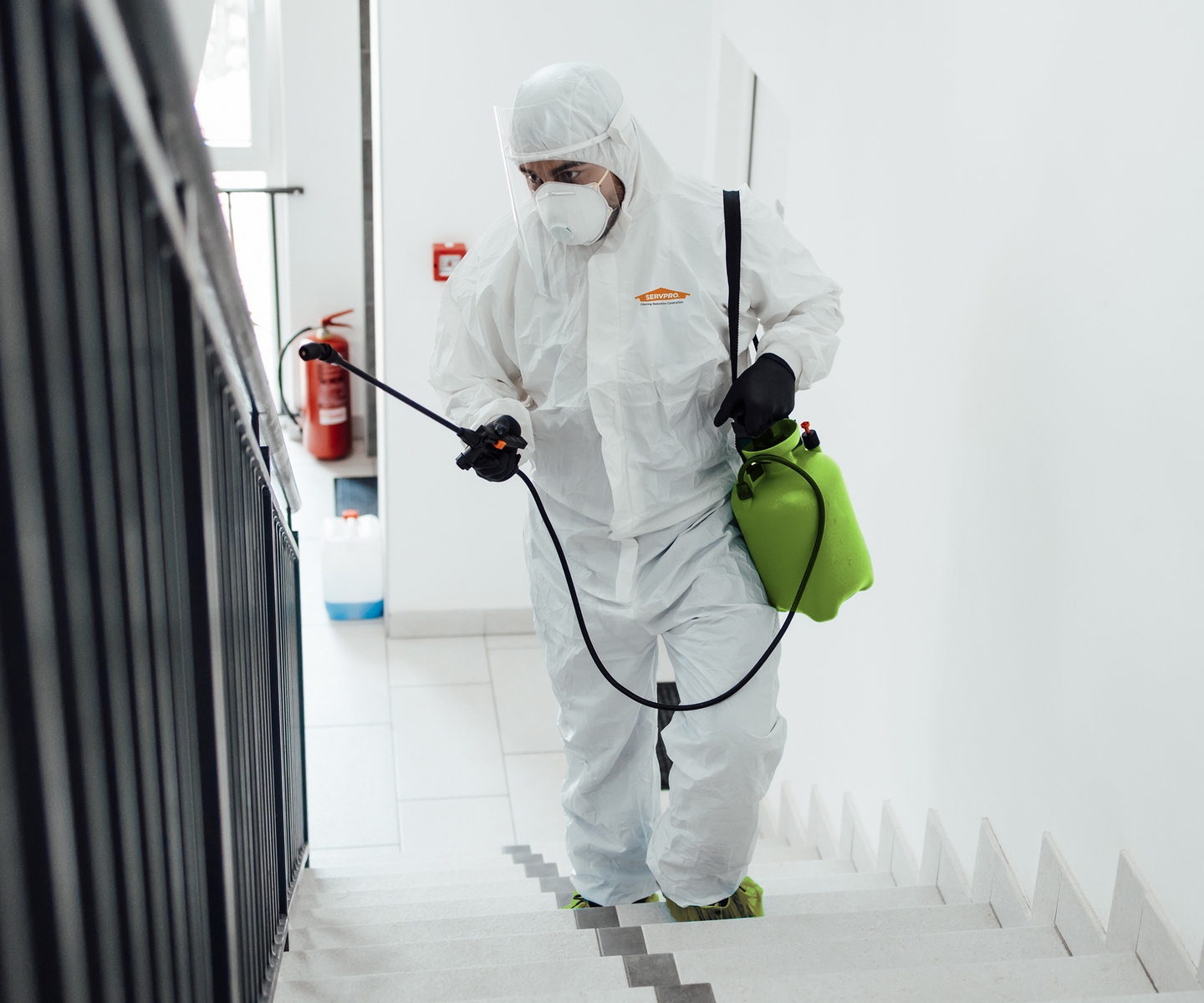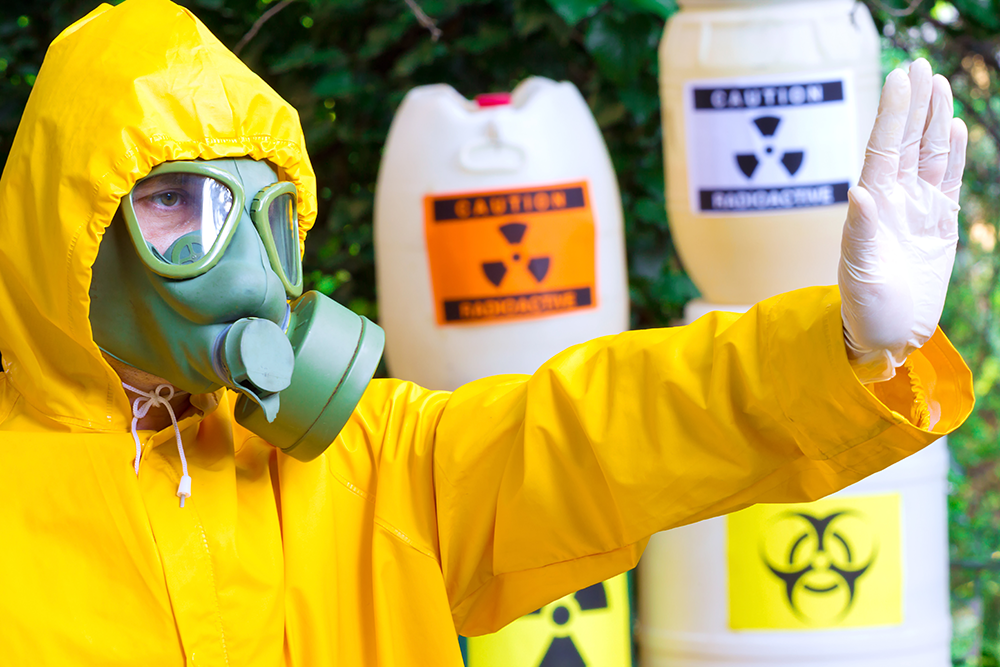Biohazard Removal: Safe Handling and Disposal of Hazardous Materials
Specialist Biohazard Cleaning and Purification for Blood, Bodily Fluids, and Hazardous Materials
In the realm of biohazard cleansing and purification for blood, bodily fluids, and hazardous products, accuracy and experience are vital. The possible wellness risks connected with exposure to biohazards emphasize the important demand for precise handling and thorough cleaning. Specialized training outfits professionals with the knowledge and skills necessary to address these hazardous situations effectively. Nevertheless, it is not just about cleansing up; the significance of using correct purification methods can not be overemphasized. As we browse the detailed landscape of biohazard cleanup, comprehending the subtleties of laws, conformity, and the specialized equipment at play comes to be vital in ensuring a thorough and risk-free purification procedure.
Health Dangers of Biohazard Exposure
Exposure to biohazards poses considerable wellness threats that can lead to severe consequences for individuals and neighborhoods alike. Biohazards encompass a large range of organic compounds, consisting of blood, bodily liquids, mold and mildew, bacteria, infections, and other possibly contagious materials. When individuals enter contact with these biohazards, whether through mishaps, inappropriate handling, or ecological direct exposure, they face the danger of contracting major illnesses or illness.
Among the primary health and wellness dangers connected with biohazard direct exposure is the transmission of transmittable conditions. Bloodborne pathogens such as HIV, liver disease B and C, and different germs can be present in biohazardous materials, presenting a direct danger to human health and wellness. Inhaling air-borne biohazards like mold spores or entering call with polluted surfaces can additionally result in respiratory system problems, allergic reactions, and other negative health results.
Furthermore, biohazard exposure can have long-term wellness implications, with some diseases manifesting years after the preliminary call (Blood Cleanup). Therefore, it is important to prioritize correct biohazard cleansing and decontamination to minimize these wellness risks and guarantee the security of people and areas

Specialized Educating for Biohazard Clean-up
When it concerns managing biohazard cleaning effectively and securely, specialized training plays a basic duty in ensuring proper purification procedures are complied with. Biohazard cleanup needs specific understanding and skills to efficiently minimize threats connected with bloodborne pathogens, bodily fluids, and unsafe products. Experts educated in biohazard cleaning undergo extensive guideline on how to securely handle, remove, and take care of biohazardous products to avoid contamination and exposure.
Specialized training for biohazard cleanup covers a range of important subjects, including proper personal protective tools (PPE) usage, bloodborne microorganism recognition, purification techniques, and unsafe waste disposal methods. People trained in biohazard clean-up are geared up with the essential knowledge to assess contamination levels, determine potential dangers, and apply ideal cleaning procedures in conformity with regulative requirements.
Continuous training and education are extremely important in the area of biohazard cleanup to stay updated on the most up to date purification innovations, safety protocols, and guidelines. By investing in specialized training, biohazard clean-up experts can efficiently reply to emergency situation cleaning circumstances and secure both public health and the atmosphere.
Importance of Appropriate Decontamination Techniques
Using proper decontamination strategies is important in biohazard cleanup to properly eliminate harmful products and reduce wellness dangers. Reliable decontamination not only makes sure the elimination of noticeable traces of blood, physical fluids, and various other biohazards however likewise targets invisible virus that may position significant health and wellness hazards otherwise properly eliminated. By adhering to rigorous purification methods, educated experts can considerably minimize the risk of exposure to unsafe microbes, viruses, and bacteria that could cause conditions or infections.
Proper purification techniques include making use of customized tools and disinfectants that are particularly created to reduce the effects of biohazards effectively. Extensive cleansing and sanitation of contaminated areas are necessary to avoid the spread of pathogens and make sure a safe environment for passengers. Furthermore, the right disposal of biohazardous waste adhering to decontamination procedures is vital in stopping contamination of various other surface areas or people.

Tools and Devices for Safe Cleanup
When dealing with blood, physical fluids, or harmful products, biohazard cleansing experts depend on specialized equipment to decrease direct exposure dangers and completely decontaminate the affected location. In addition, biohazard cleaning sets having anti-bacterials, absorbing materials, and biohazard bags are made use of to safely dispose and include of polluted items.
Advanced cleaning devices like hospital-grade anti-bacterials, HEPA-filtered vacuums, and fogging makers are utilized to sanitize surface areas and eliminate biohazards successfully. Specialized equipment such as sharps containers and biohazard waste disposal containers are utilized to safely take care of sharp objects and biohazardous waste materials. By utilizing the appropriate equipment and devices, biohazard cleansing experts can guarantee a comprehensive cleanup process that focuses on safety and security and reduces health and wellness dangers for both employees and passengers of the afflicted area.
Regulations and Conformity in Biohazard Cleansing
Proper adherence to guidelines and compliance criteria is extremely important in biohazard cleaning to make certain the security of both employees and the environment. Government firms such as OSHA (Occupational Security and Health Administration) and the EPA (Epa) have actually developed details guidelines for biohazard cleaning procedures to lessen health dangers and environmental contamination. These guidelines cover a series of elements including the handling, transport, and disposal of biohazardous materials, along with the required training and safety devices needed for employees involved in the clean-up procedure.
Biohazard cleansing companies should remain current with these regulations to ensure that their procedures fulfill the required safety requirements. Failure to comply with these guidelines can lead to serious repercussions, consisting of penalties, lawful activity, and jeopardizing the wellness of people and the setting. By adhering to stringent regulations and compliance measures, biohazard cleaning business can successfully alleviate dangers and make sure a risk-free and detailed cleaning procedure for all parties involved.
Final Thought
In verdict, biohazard cleansing and decontamination require customized training, appropriate techniques, and adherence to laws. Exposure to blood, physical fluids, and unsafe products presents substantial wellness threats, making it vital to make use of the ideal devices and devices for secure clean-up. By following rigorous procedures and standards, professionals can effectively reduce the dangers connected with biohazard direct exposure and guarantee the safety and security of both themselves and others.
As we navigate the complex landscape of biohazard cleanup, comprehending the subtleties of regulations, compliance, and the specific devices at play ends up being vital in making certain a extensive and secure decontamination procedure. (Blood Cleanup)
When it comes to taking care of biohazard cleaning efficiently and safely, specialized training plays an essential function in ensuring correct decontamination treatments are followed.Using appropriate purification techniques is vital in biohazard cleanup to properly minimize and eliminate hazardous products health risks. Furthermore, biohazard cleansing packages containing disinfectants, absorbent materials, and biohazard bags are made use of Biohazard removal to securely get rid of and include of infected products.
Government companies such as OSHA (Occupational Safety and Wellness Administration) and the EPA (Environmental Security Company) have developed details guidelines for biohazard clean-up procedures to decrease health threats and environmental contamination.